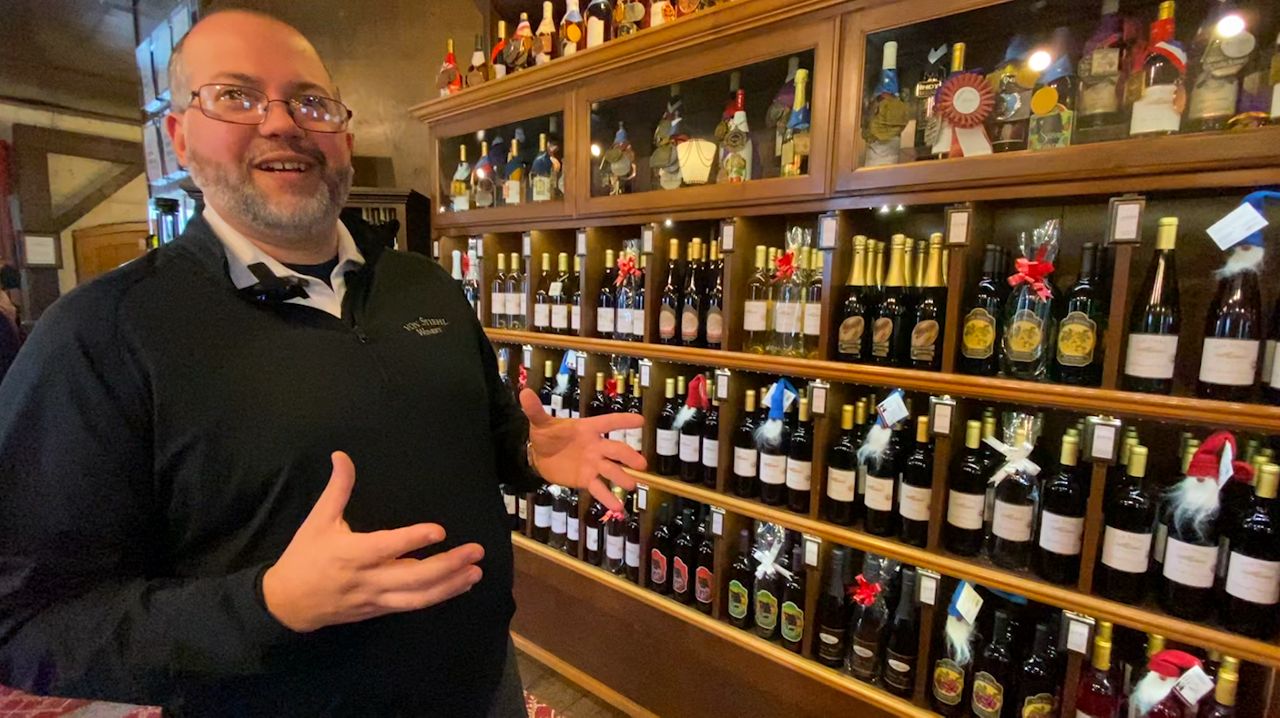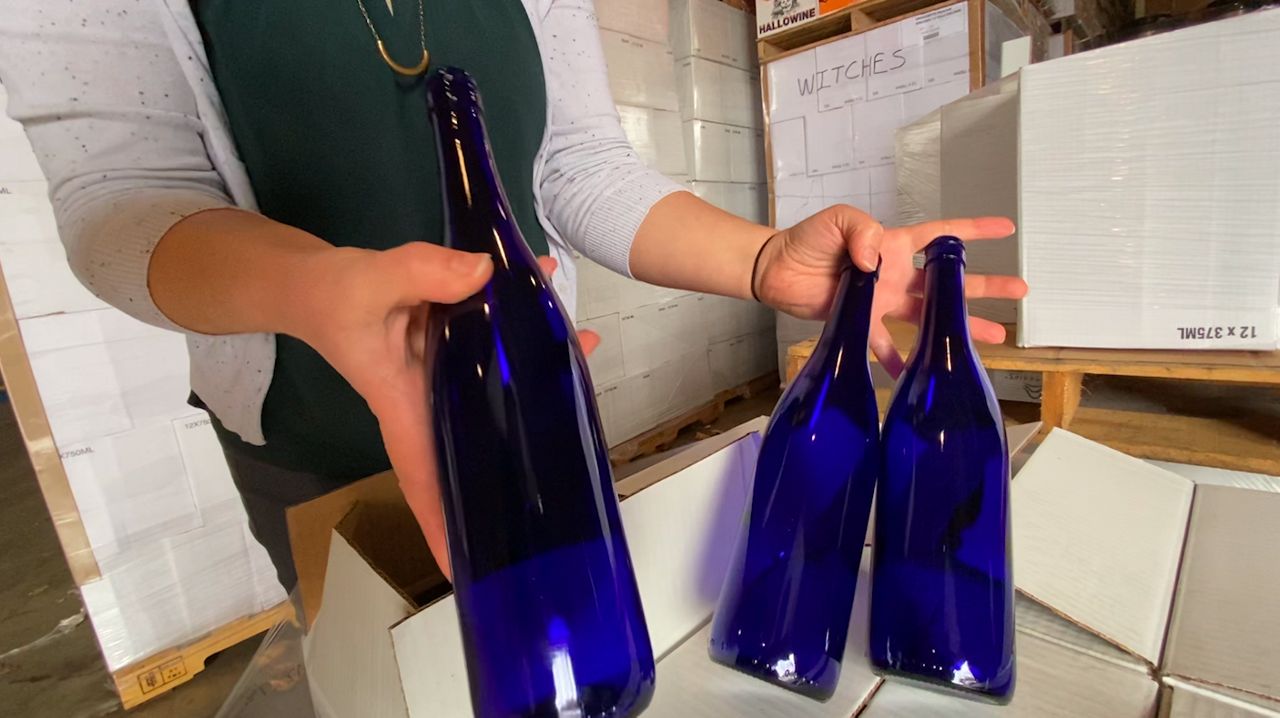ALGOMA, Wis. — Anthony Bilwin is enthusiastic about making wine.
He’s said there’s nothing not to love about the process, from the fruit to the finished product. But it’s a business that’s been throwing him, and other winemakers, supply curveballs over the past year.
“At some point through the last year to year-and-half we have run into an issue on every level,” said Bilwin, who is general manager of von Stiehl Winery in Algoma. “It’s either adhesives for labels or labelers not being able to get paper stock, which has delayed some of the labels. Bottles sitting in the LA harbor that just aren’t getting unloaded so they get to us maybe a month, two months or six months later than when we need it.”

Along with delays on some hard goods, like bottles, the winery is also facing higher costs and exponential increases in shipping for the west coast grapes it uses in conjunction with Wisconsin varieties.
“And it’s a driver shortage, so there’s no guarantee when you can get a truck - or if you can get a truck,” Bilwin said about the scope of the challenges. “This year we were pretty fortunate, but we scrapped by. Many of the trucks we got were very last minute.”
All of that means the wineries prices will be on the rise in January. How much is still being determined.
Beth Levendusky of Door Peninsula Winery said they’ve also had some availability issues with bottles.
“We’ve run into issues where things we normally bottle in a certain style we’ve had to switch,” she said. “We haven’t run out of glass, but we have had to change green to clear for a couple of items; screw cap to cork for a couple of items. Just whatever is available.”

Wineries have been quick on their feet.
“We’re pretty flexible when it comes to that kind of thing, so it’s definitely been to our advantage," Levendusky said.
That flexibility, and planning months sooner than usual, are likely to be part of the business for some time to come.
Bilwin said when it comes to bottles, global supply issues price increases could linger into the spring — or longer.
“If we can’t put wine into bottles, we can’t sell it,” he said. “The longer it sits in tank then we run the risk of it going bad or spoiling. Wine is a living organism, so if we can’t get it into bottle and get it sealed, then we have no way go getting it to the customer.”



